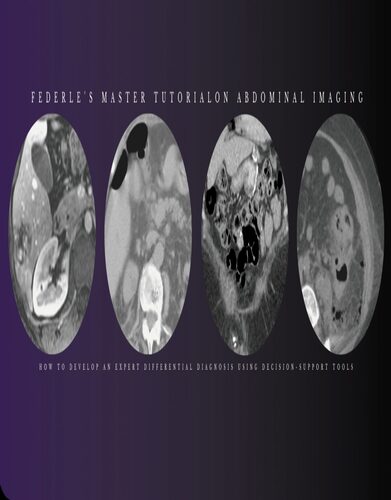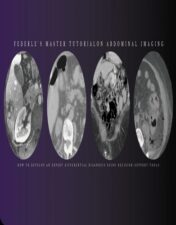This activity has been designed to meet the educational needs of practicing radiologists and radiologic nurses, physician assistants, technologists, scientists, residents, fellows involved in the care of patients using abdominal imaging.
Educational Objectives
At the conclusion of this activity, participants should better be able to:
Describe the availability and use of decision-support tools for radiologists, to facilitate making more accurate and clinically useful diagnoses.
Create an interactive learning environment in which the registrants will be challenged to diagnose a large number of common and less common disorders by specific imaging tests with appropriate clinical correlation.
Describe the appropriate use of imaging modalities including CT, MR, sonography and fluoroscopy for the most important abdominal disorders likely to be confronted by radiologists.
Emphasize the need for critical thinking and judicious use of imaging, laboratory, and clinical testing.
Provide an opportunity for extensive discussion, questions, and feedback between the registrants and speaker.
Course Curriculum
– Decision-Support Tools for Radiologists
– Acute Right Upper Quadrant Pain
– Acute Left Lower Quadrant Pain
– Cystic Pancreatic Mass
– Cystic Hepatic Mass
– Cystic Renal Mass
– Focal Lesion in the Non-Cirrhotic Liver
– Focal Lesion in the Cirrhotic Liver
– Abdominal Hemorrhage
– Fluoroscopy in the CT-Endoscopy Era (Evaluation of Post-Operative Complications)
– Bariatric Surgery
– Anti-Reflux Surgery
– Ivor-Lewis Esophagectomy (and Variants)
– Dilated Bowel
– Small Bowel Wall Thickening
– Colonic Wall Thickening
– Malpractice Issues in Abdominal Imaging
• Release date: December 10, 2021
• Expiration date: December 31, 2024
• Estimated time to complete activity: 12 hours


